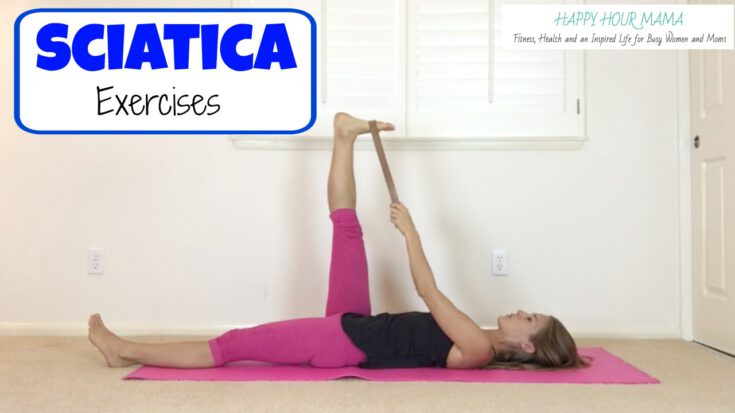The foam roller is an integral part of both my physical therapy practice with my patients and my own fitness and health  routine. When used regularly, it can become one of the best tools you have to keep your muscles healthy and supple. (Most of you have either never used the roller or are groaning because you have and you are worried I’m going to make you start again. You are both in the right place – read on!)
routine. When used regularly, it can become one of the best tools you have to keep your muscles healthy and supple. (Most of you have either never used the roller or are groaning because you have and you are worried I’m going to make you start again. You are both in the right place – read on!)
The foam roller is a type of myofascial release, or soft tissue mobilization, that you do on yourself. It’s one of the few ways to truly “massage” your own muscles. Rollers are typically 6″ in diameter and 36″ long, and are made of a high density foam material (the black ones you see at the gym or PT clinic are a little more dense, or hard, than the white ones).
There are hundreds of exercises and stretches you can do with the foam roller, and I’ve been known to teach entire Pilates classes using the roller for an extra challenge. For this post, we are going to focus on the roller as a stretching, or massaging, tool. When used this way, the roller is used to apply pressure, or compression, to muscles and fascia in the body that are short or tight. Benefits of using the foam roller include:
1) Trigger point release
Trigger points are specific painful areas within a muscle or muscle fibers. They are sometimes associated with nodules you can feel, which leads people to say “I have a knot in my shoulder”. Typically when you press on a trigger point, you feel pain in that area, as well as in a radiating area (for example, pressing the knot in your shoulder may give you a headache). It is important to loosen and eliminate trigger points when possible so that compensatory patterns don’t evolve and surrounding tissues stay healthy. Rolling with the foam roller can help release trigger points, keep the surrounding musculature loose and break up any adhesions that have built up over time.
2) Increase blood and lymphatic flow
Our body should have a constant movement and flow of blood and fluid. With injuries, there can be a stagnation of this fluid movement. Healthy muscles depend on a constant supply of fresh circulation and blood. Rolling can help flush out toxins and bring in healthy fluid to different parts of your body. With massage and foam rolling, you are literally rinsing yourself out.
3) You control the pressure
Unlike a typical massage, you can control the pressure that is used through the foam roller. If you have a specific area that needs more or less compression, or you need the angle changed slightly, you are in charge.
4) Increased core strength
Using the foam roller does take a slight learning curve, and with this comes an increased body awareness and core strength. You need to use your abdominal muscles and postural muscles to stay balanced on the roller and use it on the exact spots you need it. The roller will help increase your confidence in your posture and your core stabilization.
5) Improved flexibility
Foam rolling does not replace traditional stretching, but can be an amazing adjunct to reach the muscles that are missed during your stretching routine. The iliotibial band (ITB) is a dense band of tissue that runs from the hip to the knee on the outside of the upper leg. Most runners and cyclists get very tight in this area, and a tight ITB can lead to hip pain and knee problems. It is very difficult to stretch the ITB in the traditional sense, but the roller is the perfect tool to loosen this tight tissue. The piriformis is another muscle that can be hard to reach through traditional stretching. You might feel that you stretch and stretch and can’t quite hit the right point. The roller, on the other hand, can be place exactly where you feel tight and can be used very specifically in that area.
It is important to realize that, when first using the foam roller, it won’t always feel good. Start with 1 minute per muscle group and work up to 3-5 minutes as your body allows. If you feel sore the day after, give yourself 1-2 days rest and try again. You don’t want sharp pain or pain that lasts more than 24-48 hours after rolling. The most important thing is to be consistent with the roller! To see benefits, you need to use the roller 4-7 days a week, for at least a month. Chose the muscles that need it the most in your body depending on your tightness and physical activity and focus on those until you start to see a difference. With any other physical activity, please consult your physician before beginning and stop if you feel any pain.
Here is a video talking you through a basic foam roller routine for the lower body. This is perfect for any runner needing to add a foam roller program to their routine, and could benefit anyone needing to improve circulation and flexibility in their muscles.



